Find out how spices heighten your eating experience while offering a myriad of health benefits to complement your diet.
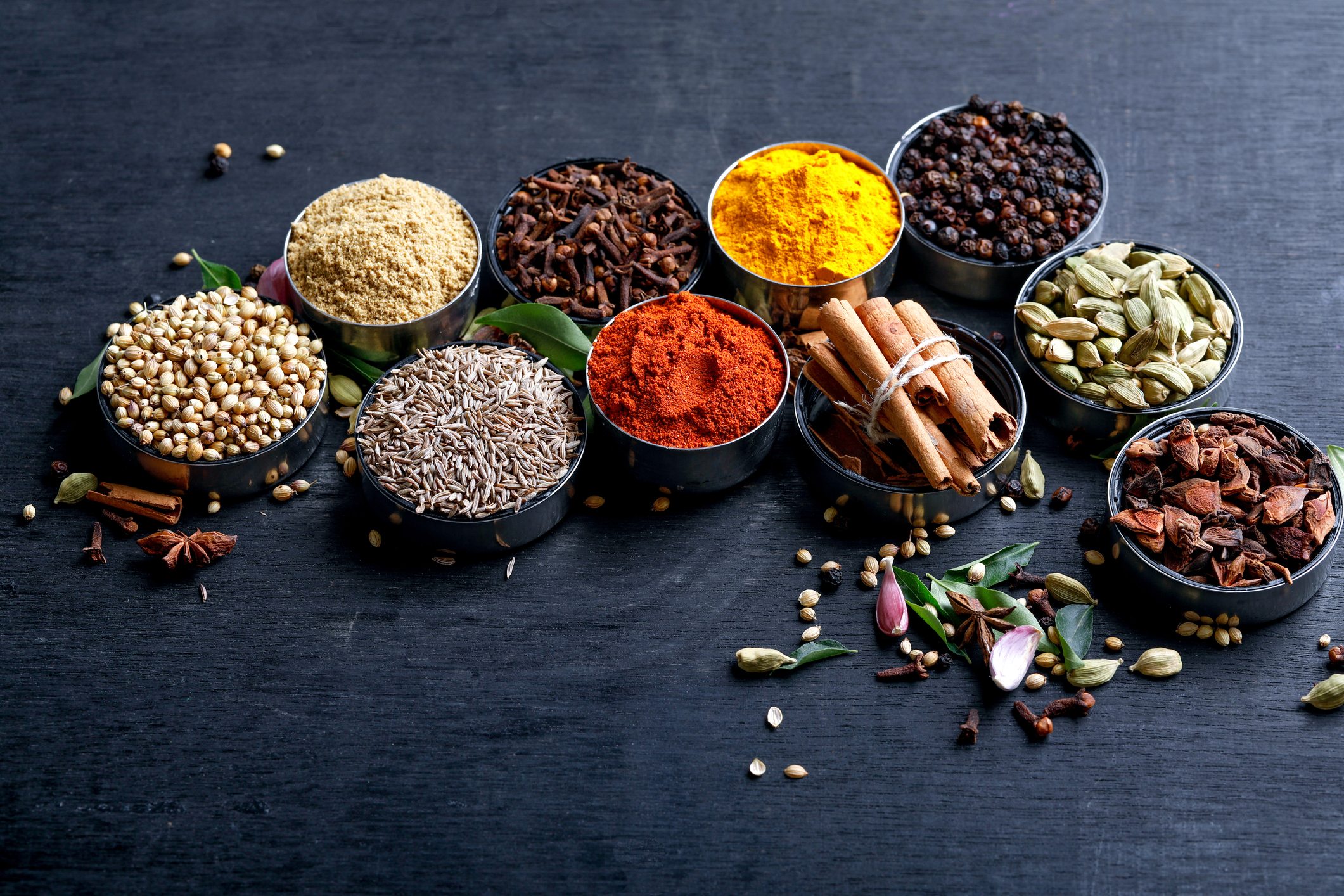
Spices have been around for thousands of years. They are an indispensable part of our cooking and can make or break a dish – depending on how you use them. They vary across the world, essentially bringing with them the bedrock of a country’s culinary culture or a region’s food heritage.
The United States Food and Drug Administration (FDA) defines spices as “aromatic vegetable substances, in the whole, broken, or ground form, whose significant function in food is seasoning rather than nutrition.” Simply put, spices are the dried parts of plants that are used in small quantities to flavour food. Herbs generally come from the leaves of plants, while spices come from the seeds, berries, bark or roots.
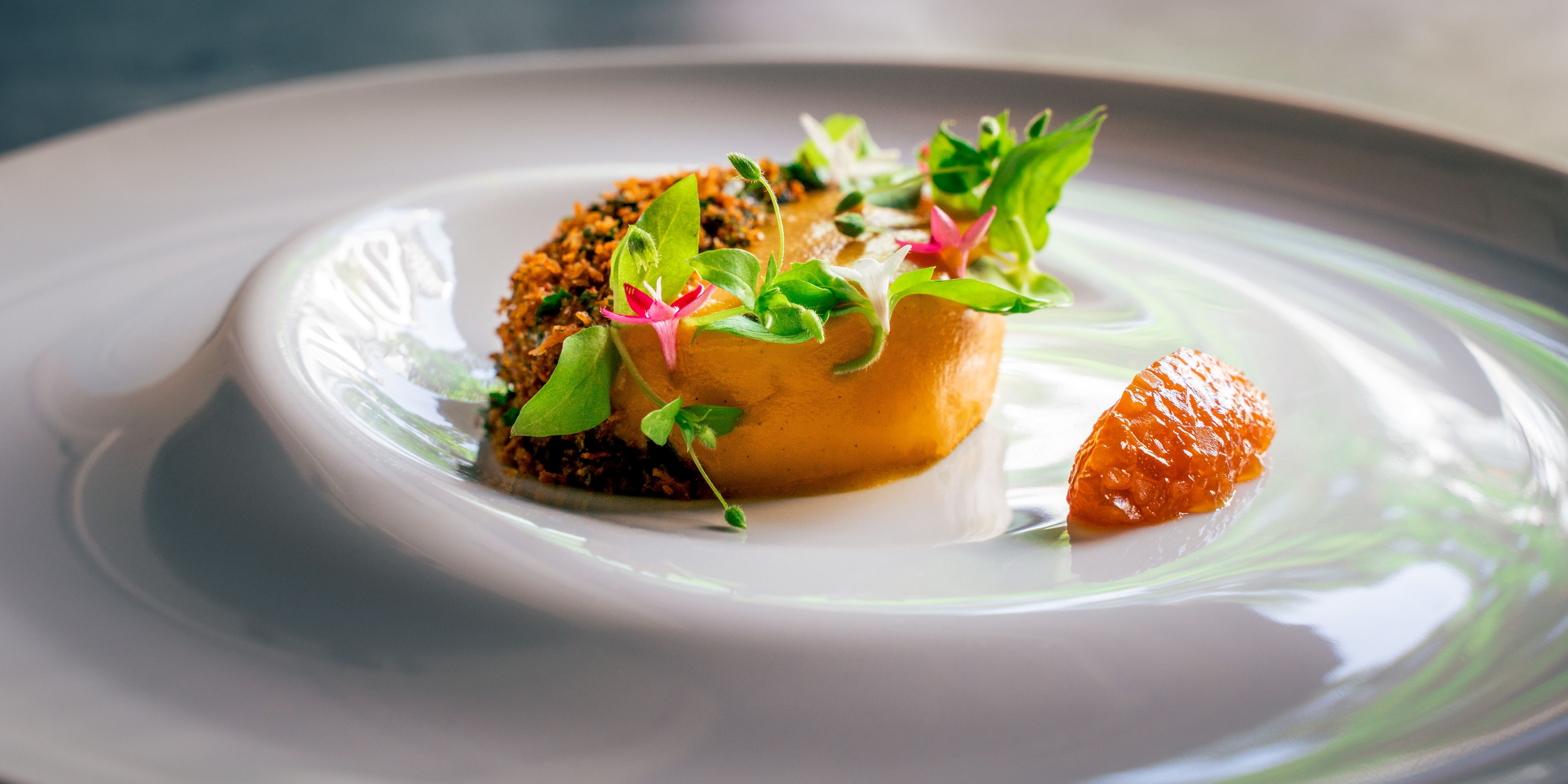
The United States Food and Drug Administration (FDA) defines spices as “aromatic vegetable substances, in the whole, broken, or ground form, whose significant function in food is seasoning rather than nutrition.” Simply put, spices are the dried parts of plants that are used in small quantities to flavour food. Herbs generally come from the leaves of plants, while spices come from the seeds, berries, bark or roots.
While most people immediately tend to associate spices with ethnic cuisines like Indian food, most of what we know of and use today actually originated from the Middle East, Asia and the Mediterranean.
And don’t get confused – spice does not mean spicy. Rather, spicy refers to something that provokes a burning sensation in your mouth while spiced means something that contains spice. Some of the more popular spices include black pepper, ginger, garlic, cinnamon, cumin, vanilla, mustard, cacao and turmeric.
A Chef’s Arsenal
In the book The Science of Spice: Understand Flavour Connections and Revolutionise your Cooking, TV personality, food scientist and best-selling author Dr Stuart Farrimond emphasises how great cooking goes beyond following an ordinary recipe. According to him, it’s about knowing how to use the right combination of spices and herbs to get the greatest possible flavour from your dishes.
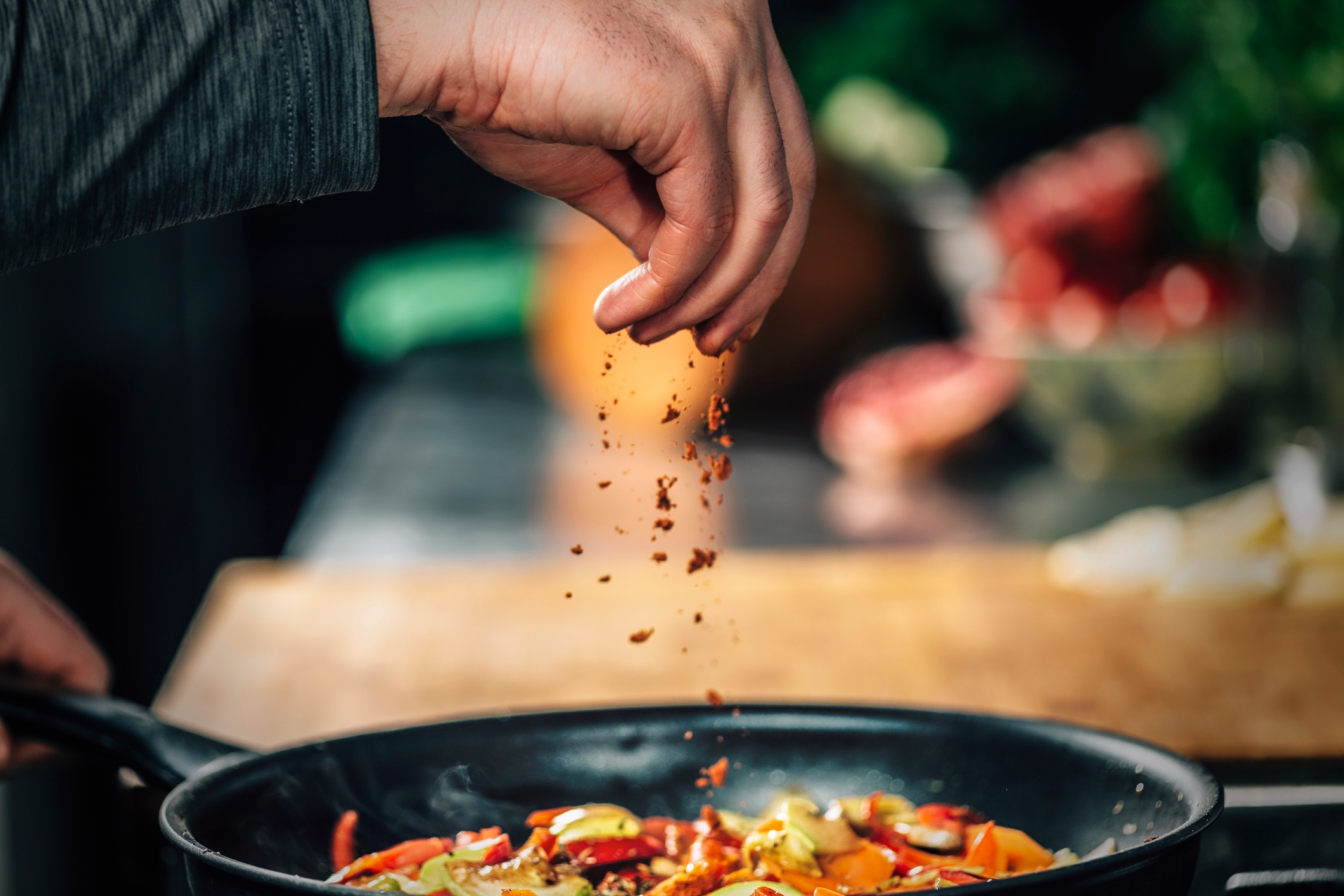
Spices add dimension to a meal by adding a range of flavours and aroma, be it a hint of bitterness or a touch of sweetness. Spices can also change or enhance the colour of food (think turmeric and paprika), while others bring out the natural flavour of food, effectively reducing the need to add salt to something bland. Spices add unique flavours to recipes, and by swapping out a little sodium for a spice, you can take better control of your health through food.
Take it from local chefs. Damian D’Silva, chef-owner of Rempapa, MasterChef judge and advocator of Singapore heritage cuisine says, “I believe that without spices, food all over the world would be mundane and everything would just be salted.” Milind Sovani, chef-owner of Masala Bar shares the same sentiment.
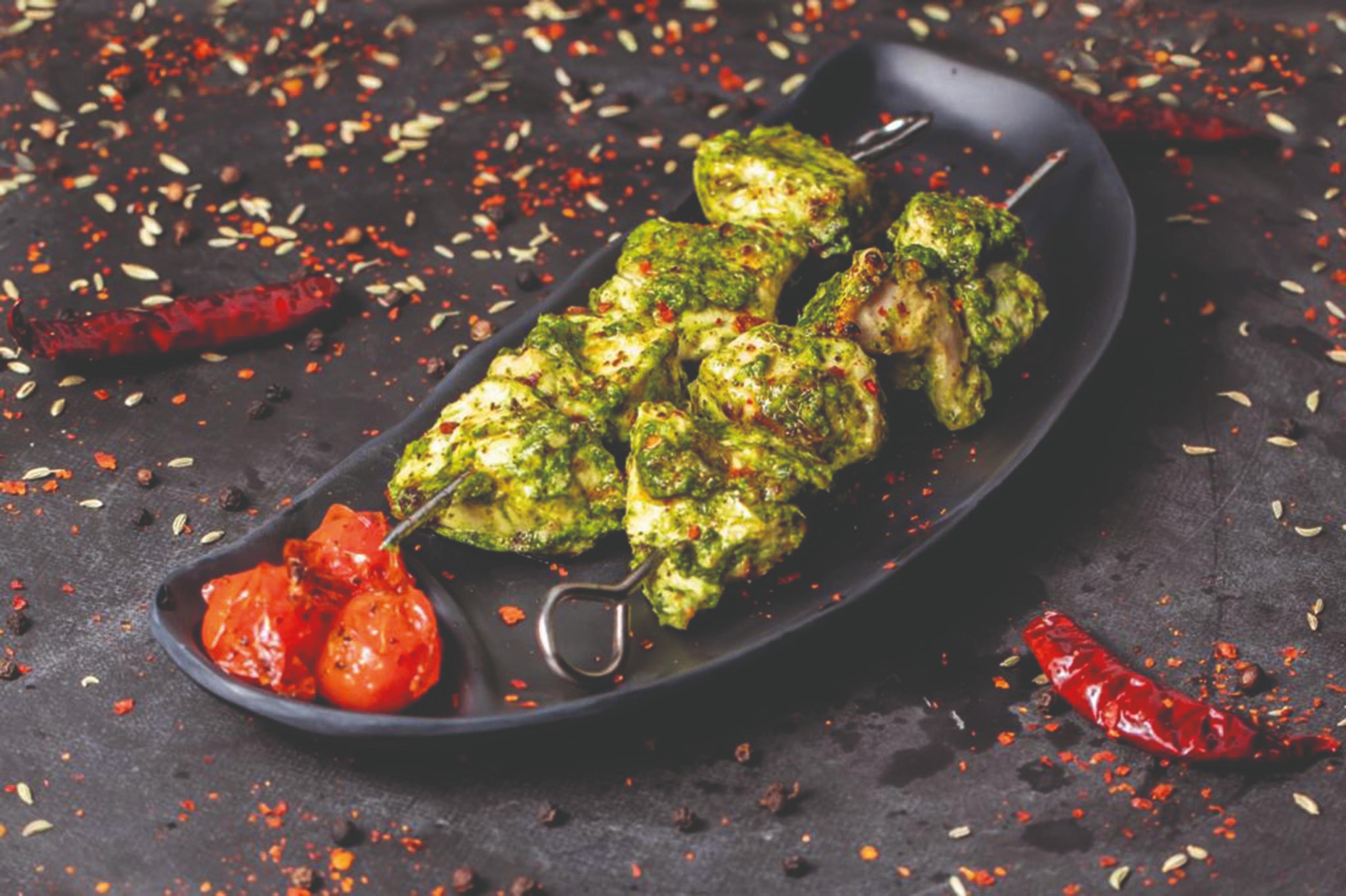
“Spices are the soul of my cooking. A spice box for me is akin to the colour palette for an artist, as it all comes down to creating masterpieces using different spice permutations and combinations,” he says.
To Rishi Naleendra, chef-owner of restaurants Cheek Bistro, Cloudstreet and Kotuwa, spices remind him of home, especially his childhood, family and his time in Sri Lanka. He says, “The country has some amazing spices and they have now become a big part of my cooking.” He highlights caraway and Sri Lankan cinnamon which will always have a special place in what he does. “They were the spices I grew up with, and I really like the flavour and aroma they add to dishes.”
The Right Mix
D’Silva says that using spices in cooking opens up a wonderful world of aromas and taste that’s distinctive to each country. From the simplicity of using pepper to spice up a dish to the complex mix of spices that make up a Garam Masala or a perplexed blend of Ras el Hanout, every country prides itself on a blend of spices that is always made available for easy use in the kitchen.
“My favourite spices vary with my cooking. If I’m cooking a curry, I have a spice blend that was passed down from my granddad. He even has blends for meats, fish and vegetables. They’re kind of the same but different in aspects of pungency, aromas and flavours. Each blend is adapting to the protein or vegetable that it’s going to ‘marry’,” shares the chef. Not surprisingly, D’Silva’s choice for naming his restaurant Rempapa was not a mere coincidence either. Rather, the name Rempapa comes from rempah, Malay for “spice paste”, the priceless aromatic seasoning at the base of all Singaporean ethnic cuisines; while the papa is in honour of D’Silva’s reputation as “the grandfather of heritage cuisine”
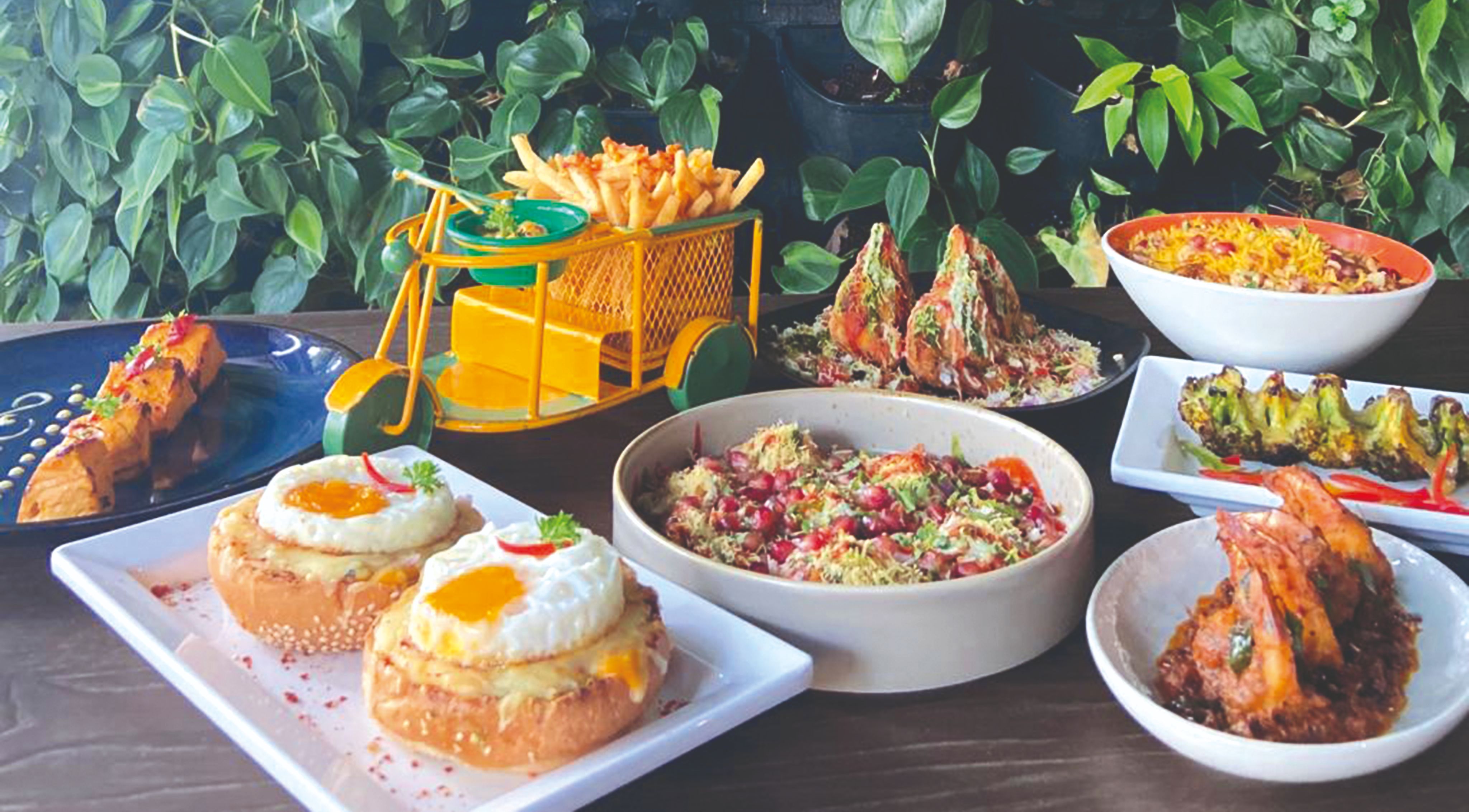
“If you put a gun to my head to choose my favourite spices, my choice picks would be cumin, coriander, star anise, nutmeg and cinnamon. They have different aromas, especially after being roasted and grounded. Some are more pungent while others are more subtle, from sweet to vanilla to citrusy and even nutty,” he says. “Each spice brings a unique flavour to the dish and when combined correctly, it can make a simple dish taste complex. A good example is a dry rub of coriander, cumin and Piment d’Espelette on pork belly. The flavour that it infuses into the meat is hard to beat and it shows you really do not need a whole lot of spices to spice things up.”
When asked how he would recommend using spices, the affable chef says, “My best advice is to try different spices and pick your favourites. Always toast your spices before using and if it’s powdered, set the flame on low heat. Toasted spices always smell and taste better. There is an endless pool of spices from all over the world to experiment from and one should not just stay within one’s comfort zone.”
Sovani loves his spices equally, but makes a special mention of his love for cumin and mustard seeds that created magic when tempered together. He also highlights cardamom, which brings a sweet fragrance to food; dried kokum that adds just the right sourness and tartness to his seafood dishes; and mace or javetri, which adds a touch of mystique to his biryanis.
How best to use spices? “Spices should be dry-roasted to bring out all their goodness before grinding it into a paste or powder,” Sovani suggests. “While using whole spices for curries, make sure to temper them in hot oil so that they release all their flavours in there. Finally, spices can emit a bitter taste when overcooked, so beware of the time spent blooming them in hot oil.”
A Trove Of Health Benefits
Many familiar spices are native to Asia – ginger, cinnamon, cloves and pepper are just some of them. While the spice trade once drove European colonists to Asia, they remain a precious commodity today. Nutrition researchers say that there are more than 100 common spices used in cooking around the world, and many are known to offer health benefits. In fact, spices are composed of an impressive list of phytonutrients, essential oils, minerals and vitamins that are essential for overall wellness. Cinnamon, for instance, can lower blood sugar¹ and has been shown to be a powerful antioxidant². Turmeric is widely known for its anti-inflammatory properties while chilli boasts high amounts of vitamin C and antioxidants.
.jpg)
Black peppercorn (or pepper), a mainstay in many dishes, is a source of important vitamins and minerals and is recognised for its medicinal qualities³. It has health-boosting compounds like piperine which is high in antioxidants to fight the damaging effects of free radicals. The spice also improves digestion, and helps to lower the risk of chronic illnesses like cardiovascular disease. Besides the black variety, there are other types of peppercorns such as white and green. Asia is home to rare and unique varieties such as Kampot red and white peppers. La Plantation in the Kampot area of southern Cambodia, for instance, grows some of these peppers. A family-owned farm project created in 2013, it has been committed to growing and delivering the best sustainable spices, including rare peppers.
.jpg)
So be creative and adventurous in your cooking. Our advice? Keep things “spicy” by switching out a type of spice for another (try Kampot red pepper instead of black, for example), or by tweaking the spice blend. There are no hard and fast rules when it comes to using spices – it all depends on the dish and your preferred taste.